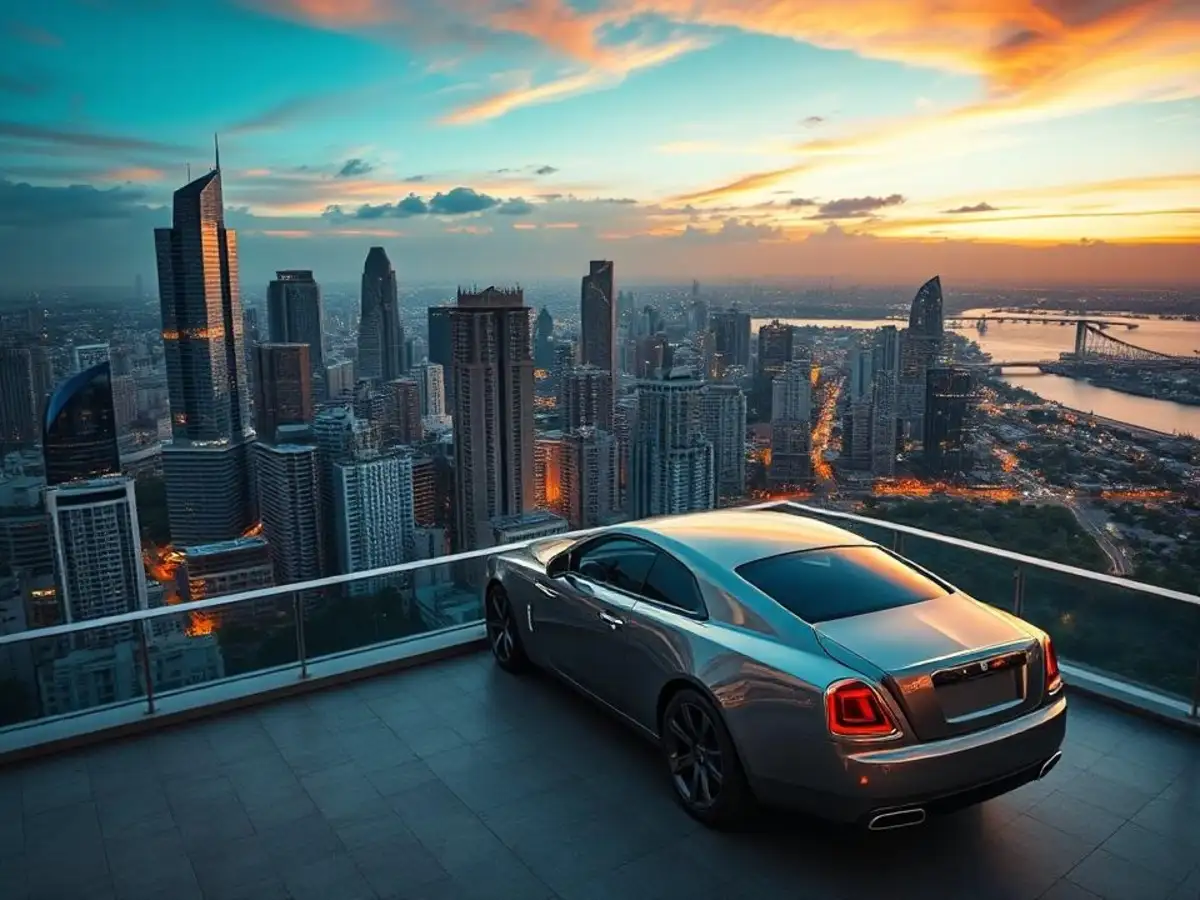Now Reading: India’s Millionaire Households Surge by 90%, Mumbai Leads
-
01
India’s Millionaire Households Surge by 90%, Mumbai Leads
India’s Millionaire Households Surge by 90%, Mumbai Leads

India’s affluent class is experiencing significant growth, with the number of households possessing a net worth of ₹8.5 crore or more increasing by 90% over the past four years. This surge, detailed in the Mercedes-Benz Hurun India Wealth Report 2025, highlights a notable rise in wealth across the country. Mumbai stands out as the leading city, housing a substantial portion of these high-net-worth households.
Key Findings from the Hurun Report
- National Growth: The number of millionaire households in India has nearly doubled from 4.58 lakh in 2021 to 8.71 lakh in 2025. These households now represent 0.31% of all Indian households, up from 0.17% in 2021.
- Mumbai’s Dominance: Mumbai leads with 1.42 lakh millionaire households, followed by New Delhi with 68,200 and Bengaluru with 31,600. Maharashtra, encompassing Mumbai, accounts for 1.78 lakh millionaire households, marking a 194% increase since 2021.
- Tier II Cities’ Emergence: While wealth remains concentrated in major metros, Tier II cities are witnessing a rise in millionaire households. Cities like Kolkata, with 26,600 millionaire households, are becoming significant contributors to India’s wealth landscape.
Factors Driving Wealth Accumulation
Several elements contribute to this upward trend in wealth:
- Economic Growth: India’s robust GDP growth and increasing stock market participation have bolstered household wealth.
- Entrepreneurship and Innovation: The rise of startups and entrepreneurial ventures has created new avenues for wealth generation.
- Real Estate Investments: Investments in real estate, particularly in luxury segments, have appreciated in value, contributing to increased net worth.
- Global Exposure: Increased global business interactions and investments have expanded financial horizons for Indian households.
Implications for the Economy
The growth of millionaire households indicates a broadening economic base, with wealth distribution extending beyond traditional business families. This diversification can lead to increased consumer spending, investment in luxury goods, and a greater demand for financial services. However, it also underscores the need for policies addressing income disparity and ensuring inclusive growth.
Conclusion
India’s expanding affluent class reflects a dynamic and evolving economy. While cities like Mumbai continue to lead in wealth concentration, emerging Tier II cities are playing an increasingly vital role. This trend signifies not only economic prosperity but also a shift towards a more diversified and inclusive wealth distribution across the nation.
























